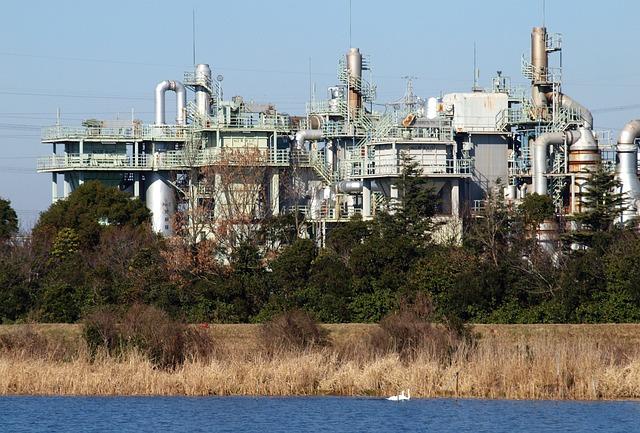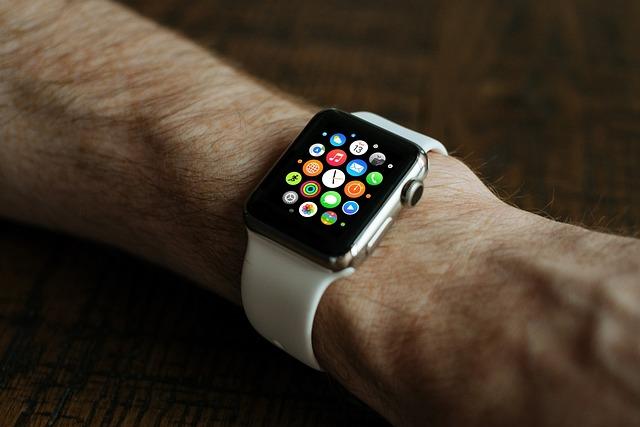- Introduction to Smart Water Purification
- Importance of Water Purification Technologies
- Smart Water Purification Methods
- Role of IoT and Automation in Water Purification
- Benefits of Smart Water Purification Systems
- Conclusion
- FAQs
- References
Introduction to Smart Water Purification
Water is essential for life, yet access to clean water remains a challenge for billions around the world. Traditional water purification techniques such as boiling, filtration, and chemical treatments have been valuable for decades but are often insufficient or cumbersome in addressing modern demands. This is where smart water purification comes into play. Using cutting-edge technologies — from advanced filters to sensors and Internet of Things (IoT) systems — smart water purification provides a more efficient, scalable, and safe way to ensure clean drinking water.
In this article, we will explore why smart water purification is important, examine various smart purification methods, discuss how IoT and automation improve these processes, highlight the key benefits of smart water technologies, and answer frequently asked questions on the topic.
Importance of Water Purification Technologies
Clean drinking water is required for human consumption, agriculture, and industrial needs. However, improper sanitation, pollution, and rapid urbanization negatively impact global water supply. Poor water quality can lead to serious health concerns such as waterborne diseases, dehydration, and long-term health complications. Hence, revolutionizing the field with enhanced purification solutions is imperative.

(Image: Pixabay/@Jan-Mallander)
As the global population increases, older purification methods like sedimentation and chlorination are no longer sufficient to meet demand effectively. Modern challenges like microplastics, emerging pathogens, and chemical pollutants require advanced solutions that not only address contamination but also optimize resource usage, reduce waste, and offer convenience.
That’s where smart water purification steps forward. These new technologies utilize sensors, artificial intelligence (AI), data analytics, and sustainable materials to provide real-time water quality assessments, making them both proactive and reactive in purifying water. It's critical to note that water contamination isn’t just a third-world problem; even developed nations face unforeseen pollutants that affect water safety, further underlining the importance of technological evolution in water purification systems.
Smart Water Purification Methods
Smart water purification methods use technology to monitor water quality minute-by-minute, adjust purification presets, and remove contaminants with enhanced precision. Some common smart purification methods include:

(Image: Pixabay/@r-q)
1. UV Light Systems: Ultraviolet (UV) light has long been used in water treatment for eradicating bacteria and viruses by interfering with their DNA. Now, smart UV water purification ensures thorough cleansing with smart monitoring, making it effective without chemically altering the water.
2. Reverse Osmosis (RO) Intelligent Filtration: Reverse Osmosis is widely considered to be one of the most effective ways of removing harmful chemicals, salts, and heavy metals. In modern systems, smart filters monitor the state of filters, self-report issues, and automate maintenance.
3. Activated Carbon with Flow Management: Activated carbon filters have traditionally been used for removing chlorine and volatile organic compounds (VOCs). Adding intelligent flow management or auto-backflushing improves filter efficiency and lifespan while ensuring consistent water quality.
Role of IoT and Automation in Water Purification
One of the most significant advancements in water treatment technologies is the integration of IoT (Internet of Things). Using IoT-enabled purification systems allows users to remotely monitor, control, and maintain systems through interconnected devices. This is essential when dealing with unpredictable water contaminants or varying daily water quality based on its source.

(Image: Pixabay/@SichiRi)
For instance, smart sensors placed in water tanks can continuously relay the condition of water quality. If a contaminant level rises above safety thresholds, a user could be notified through an app. Many systems can even perform automatic maintenance, such as triggering backwashes, replacing filters, or adjusting the purifying processes.
Further, integrating AI software with IoT enabled purification can predict patterns of contamination (e.g., increased sediment after rainfall), allowing for predictive changes to the filtration process. Such technologies help lower costs, improve scalability, and ensure clean water availability consistently.
Benefits of Smart Water Purification Systems
The advantages associated with smart water purification extend far beyond basic water cleaning. The implementation of technology in water systems changes the game for several reasons:

(Image: Pixabay/@jackmac34)
1. Real-Time Water Quality Monitoring: Perhaps the most groundbreaking aspect of smart systems is the possibility to get instantaneous readouts of water composition. Smart sensors ensure you know exactly what you're drinking and when to take action.
2. Automatic Adjustments: Depending on real-time data, smart systems can adjust various aspects of the water treatment process automatically. This optimization avoids overuse of certain resources (like UV lights or carbon filters) and ensures optimal treatment at all stages.
3. Efficient Resource Management: Water scarcity is a growing issue worldwide, and with smart technologies, it's possible to conserve water and energy during purification. Innovations such as leakage detection and demand-based filtration can dramatically reduce waste.
4. Longer Equipment Life: With predictive maintenance and regular self-checks, smart systems often experience less wear and tear. This means that filters and UV lamps last longer, resulting in fewer replacements and cost savings over time.
Conclusion
Smart water purification leverages next-generation technologies to solve age-old problems like drinking water contamination in a more resilient and effective manner. Through the integration of IoT, AI, and high-efficiency filtration methods, individuals and communities alike can mitigate the risks related to poor water quality and safeguard their health.
As we move towards a future shaped by climate change and various socio-economic challenges, the innovation within water purification will play an increasingly central role not only in personal wellness but in the sustainability of our planet's resources. The path ahead is clear: smarter, faster, and more automated water purification systems will become key in ensuring clean water for all.
FAQs
What is the key difference between traditional and smart water purification?
Traditional methods focus on filtration or chemical treatments handled manually, whereas smart water purification integrates automated controls, IoT capabilities, and real-time monitoring for a more active and efficient approach to keeping water clean.
How does IoT improve water purification systems?
IoT helps connect different components of the purification system, allowing real-time data collection, parameter adjustments, remote monitoring, and predictive alerts, leading to better system control and reliability.
Is smart water purification affordable?
While initial costs for smart systems may be higher, long-term savings in terms of operational efficiency, reduced wastage, and extended equipment lifespans ultimately make them more affordable than traditional systems.
Can smart water purification eliminate all contaminants from water?
No system can guarantee 100% elimination of every contaminant, but smart systems are significantly more effective at targeting a wide range of pollutants due to real-time adaptability and advanced filtering technologies.

